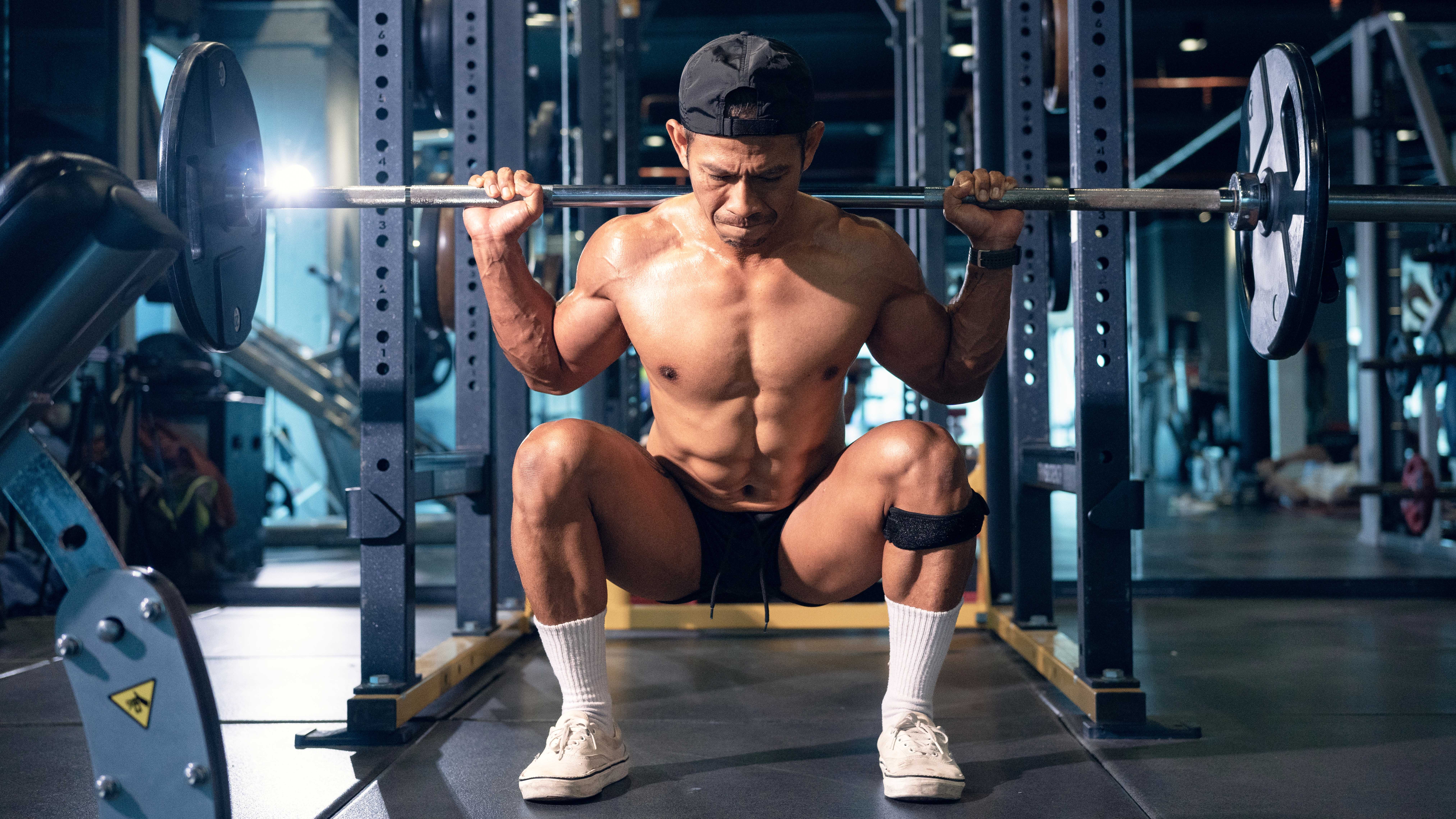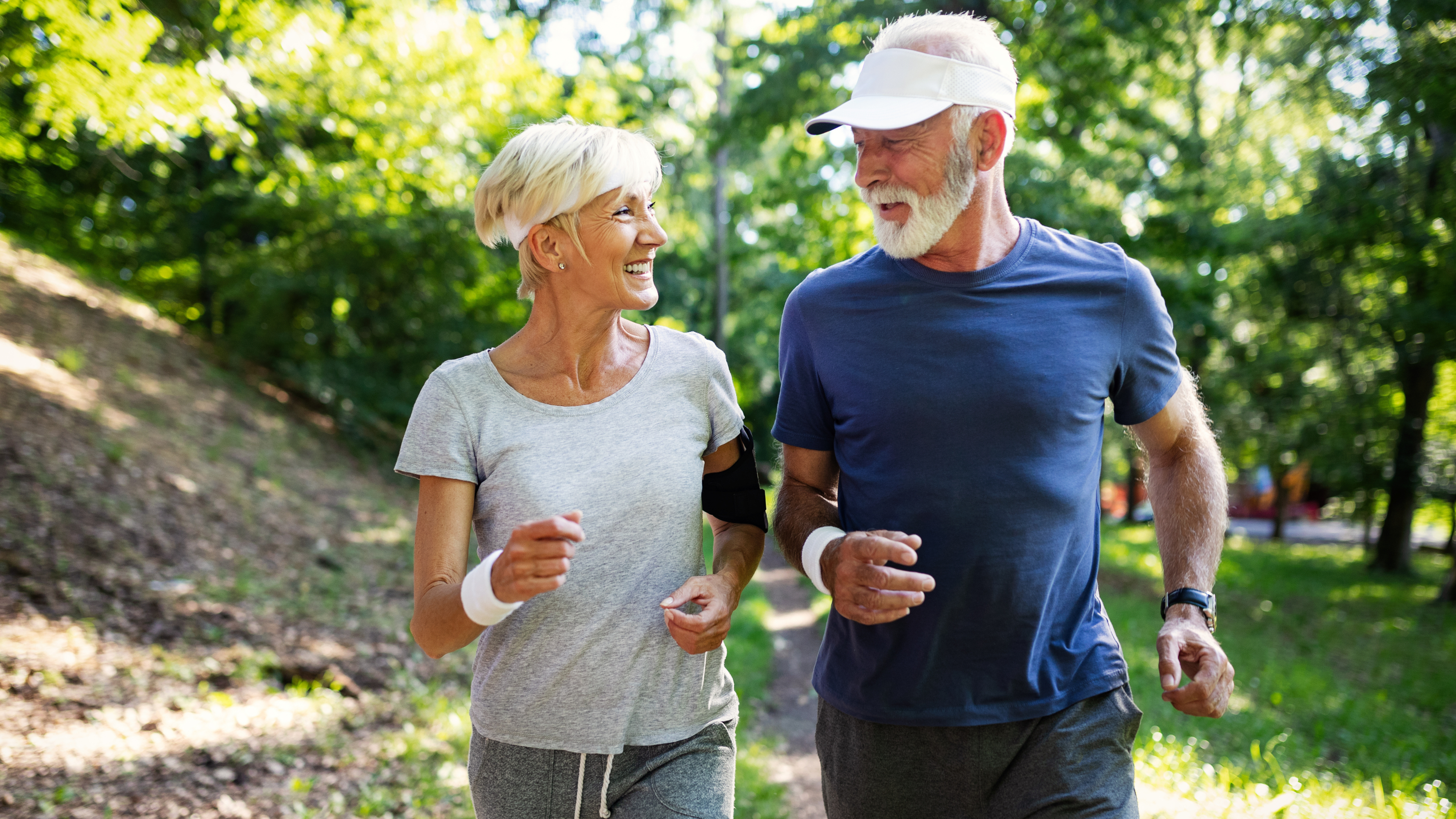I’m a personal trainer, and you just need these 5 essential exercises to build a strong squat

Squats are one of those moves there's pretty much no getting away from. Most workouts, from lower-body sessions to HIIT and even Hyrox, may feature some form of squat at some stage.
I have always struggled with squats; the move itself isn't a problem, but increasing weight over time is a huge challenge for me. In fact, my squat weight remained stagnant for several months while the amount I could deadlift slowly started creeping up to double my body weight. Go figure.
With that in mind, I started introducing very specific exercises to my squat routine in a bid to help me get "squat-strong." These aren’t the most exciting moves, but they have definitely helped me break through my squat plateau, and I can now squat double what I could before. Here they are.
What do squats do for your body?
It’s easy to want to bin squats entirely, especially if you struggle with them.
But there are many benefits to the humble squat. Let’s not forget that the squat movement is something we do all the time, when we stand up, sit down, or get low to reach for something in the back of the cupboard. Being comfortable with squats will only help you in day-to-day life, making them a functional exercise.
As a personal trainer, I always encourage squats when programming workouts. I’ll also always encourage the use of weights when doing squats, whether that be a barbell, dumbbells, or the best kettlebells.
Adding extra resistance is the best way to build muscle, so you can develop stronger legs. Why’s that so important? Daily movement becomes easier, plus if you’re an athlete, having strong legs and glutes helps you move faster and better. You’ll have more power to drive your legs quicker when you run; you’ll feel stronger on the bike or in the pool; and for anything that involves jumping, strong legs will help you jump higher and further.
Get instant access to breaking news, the hottest reviews, great deals and helpful tips.
Let’s not forget that the squat movement is something we do all the time, when we stand up, sit down, or get low to reach for something in the back of the cupboard.
In fact, some research has found that deeper squats, where your hips drop below your knees, are more beneficial for improving overall strength. And if you’re not an athlete, then squats continue to be beneficial.
Spend a lot of your day sitting? Squats help counteract this, activating the glutes (which can become inactive) and lengthening the hip flexors, which can become very tight when inactive.
Office workers who don’t stay active can lose the range of motion in their hips, knees and ankles, so squats are a useful exercise to keep these joints moving through their full range, reducing stiffness and lower back pain — a common problem when you spend all day sitting or slouched in a chair.
With all the benefits of squatting, it makes sense to focus on nailing your squat technique and building strength, so you can use heavier weights and, over time, increase this weight.
Here are the exercises I recommend you try.
1. Box jump
Box jumps help build power in your legs and generate maximum force, quickly. Box jumps also test your ankle stability, which is very important when you’re squatting.
- Stand in front of a heavy box or bench
- Squat slightly, and then jump up so both feet land on the box
- Stand straight and then step back down.
2. Weighted sit
These help to open up your hips and get your body used to sitting in a low, weighted squat position.
- Hold a single, heavy kettlebell or dumbbell in both hands
- Sit low into a deep squat position and hold. Ideally, your elbows will be between your knees
- Stay here for up to 60 seconds, then stand.
3. Pause squat
To build strength in the bottom position of the squat, which is often the hardest part to push through, give these pause squats a try. Essentially, by pausing at the bottom, you remove the ‘bounce’ style movement, which might usually help you stand back up. Instead, your legs and core must work harder to get you back up to standing.
- Use a lighter weight (ideally a barbell)
- Perform a squat
- Before you stand, pause at the bottom of the squat for up to five seconds
- Push through your heels to rise, fully extending your hips.
4. Box 'tap and go'
A great move to train your explosive power using weights. I find that box 'tap and go' squats are great if you’re nervous with a heavier weight, as they offer a little extra support.
- Squat as you would normally, ideally with a barbell across your back, loaded or unloaded, or hold a weight in both hands
- As you lower, touch your butt down on a box at the bottom of the squat, briefly (don’t sit down), then push right back up to standing
- You can even try using a heavier weight than normal for this and using a higher box. This will help build your confidence with the weight until you’re ready to lower the box, or remove it altogether!
5. Hanging leg raises
Moving away from squats, it’s a good idea to improve your core strength, as your core plays a big role in helping you maintain good squat form and push to standing from the squat position.
I personally love hanging leg raises, as they work the hip flexors, too. These help you stay upright at the bottom of the squat, and avoid that wobbly feeling you might get when you’re trying to stand back up.
- Hang from a pull-up bar, engaging your back muscles and core
- Pull your ribcage in and, using your core and hip flexors, drive your legs upward straight in front of you, keeping them as straight as possible
- Slowly lower them down, keeping your torso engaged so your body isn’t rocking around. Bend your knees if you need to.
More from Tom's Guide
Follow Tom's Guide on Google News and add us as a preferred source to get our up-to-date news, analysis, and reviews in your feeds. Make sure to click the Follow button!
- 4 reasons you’re not building muscle in the gym — according to a strength and
- A yoga teacher says you can fire up your deepest core muscles using this one essential exercise
- Neither swimming nor cycling: Boost cardiovascular health over 50 with this workout
Lucy is a freelance health and fitness journalist as well as a pre and post-natal personal trainer. Although a sweaty gym session (skipping rope is a must) is her favorite way to ‘relax’, she’s also a fan of bingeing on The Office, snacking on chocolate-coated raisins, and fizz-filled brunches with friends.
You must confirm your public display name before commenting
Please logout and then login again, you will then be prompted to enter your display name.

